
Replacing Happiness With Microjoys
How do we find a healthy balance between joy and sorrow? Rabbi Rami explores the concept of ...
Christopher Briscoe
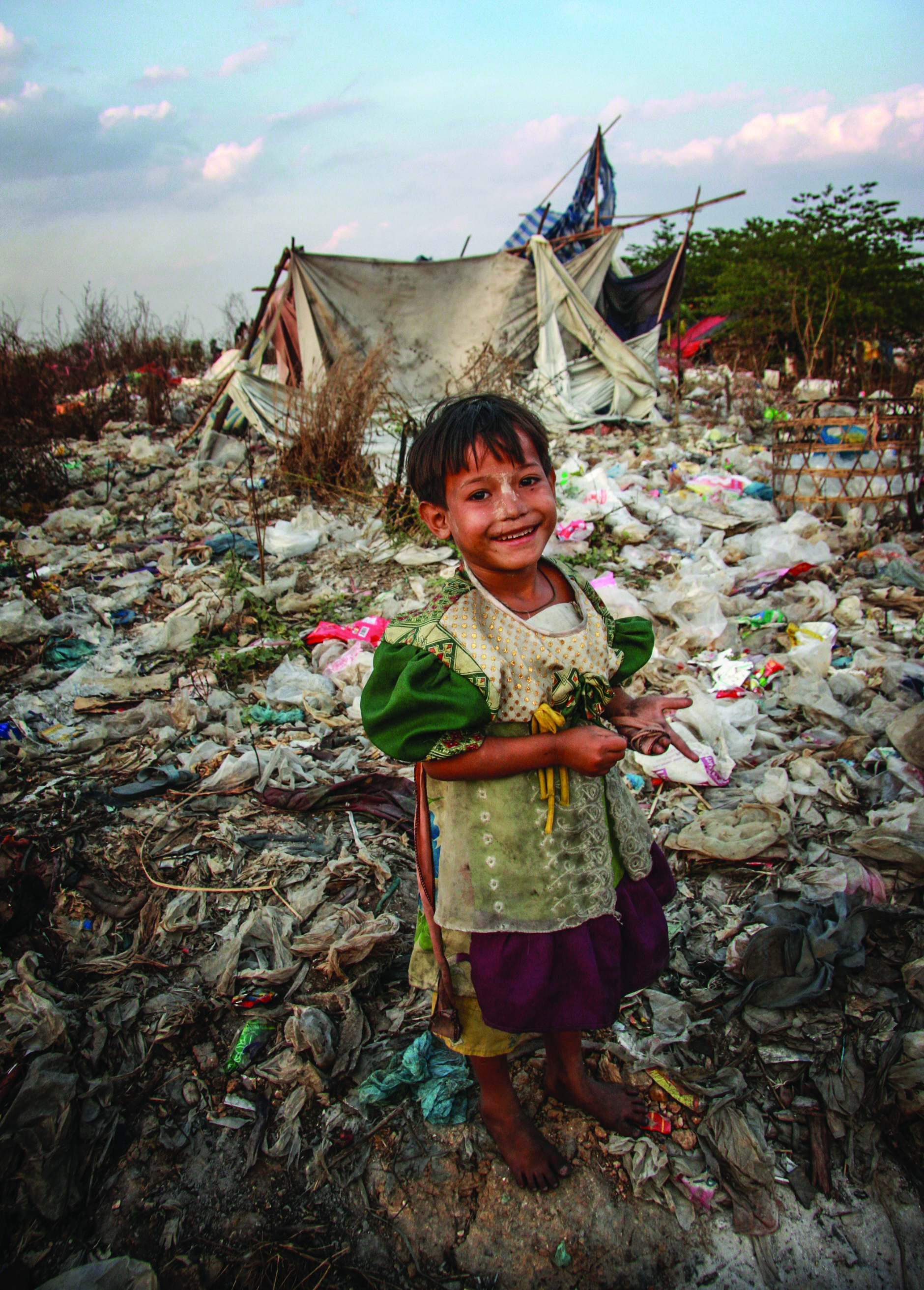
I’m a photographer, and sometimes my travels take me to places where people have so much less than I do. And while I don’t believe that taking a person’s photograph takes part of their soul, I do feel a pang of guilt knowing that the image I just took is now in my possession. I can post it on social media, use it in my portfolio, or even hang it in my home. The person in the photo is left with nothing more than a fleeting glimpse of the image on the back of my camera. This exchange has never seemed fair.
A decade ago, while planning a trip to the East and Southeast Asia, I came up with a solution to ease my guilt. Epson had just released a photo printer about the size of a shoebox. With a battery, some ink cartridges, paper, and a large backpack, I left home to become a modern-day Johnny Appleseed, ready to hand out snapshots wherever I went.
Near Mai Sot, Thailand, I walked into a city dump situated on the banks of the Moei River—a part of the Thailand-Myanmar border. Refugees from Myanmar had fled by raft, taking up residence in makeshift huts among the mountains of trash and smoking piles of ashes. During the day they picked through the heaps of refuse, looking for discarded clothes and recyclable materials that could be sold.
A family squatting in their open shelter watched me with apprehension, wondering why this stranger was there. I asked the father, through gestures, if I could take their photo. He shrugged, not completely sure why I wanted to. My printer, now resting in the ashes, whirred to life. The moment the first print appeared, I was surrounded. After that, it didn’t take me long to make friends. Children tugged at my shirt wanting to be next. Old ladies tried to shoo them away so they could cut in line. Thin clouds of every insect imaginable buzzed around us through a stench that can only ooze from a sea of garbage. A dozen heads crowded over the printer. A cheer rang out every time a new photo appeared. I couldn’t make the photos fast enough, so I showed a teenage boy how to run the machine.
As their enthusiasm grew, I noticed that many held their small photos with a reverence, like they were gazing at an image they’d never seen before. As the afternoon wore on, my makeshift photo lab became the main riverside event.
Photo printing technology has improved and evolved over the years. Gone are the days when printers were the size of a shoebox—now they fit in the palm of your hand. To make printing even easier, a technology called ZINK (Zero Ink) was invented, making ink cartridges obsolete. Now the “ink” is in the paper itself, activated by heat. Kodak came out with a small printer that makes a retro-looking 3x3 print by using a 4-step dye-sub process for more archival prints. All of it comes together with a Bluetooth-enabled editing app for your tablet or cell phone.
On a more recent trek around India, I filled my camera bag with ZINK photo paper. From
the slums of Mumbai to a Buddhist monastery in Sikkim and later to visiting remote villages on
a moped—photo ops were everywhere. People initially reacted with suspicion when I arrived, but as soon as I gave them a printed picture, it was like magic. The doors opened. People cheered and pushed each other to get the best view of the magic happening. I was invited into their homes for tea.
My final absolution from being a soul robber came when I took a picture of a roadside beggar in Darjeeling. As I handed him his print, he carefully inspected it from all angles. Then he smiled and kissed the back of my hand, offering a final blessing—a validation—that I was not a soul thief. Instead, I was simply a photographer who loves taking portraits and giving them
away—one print at a time.
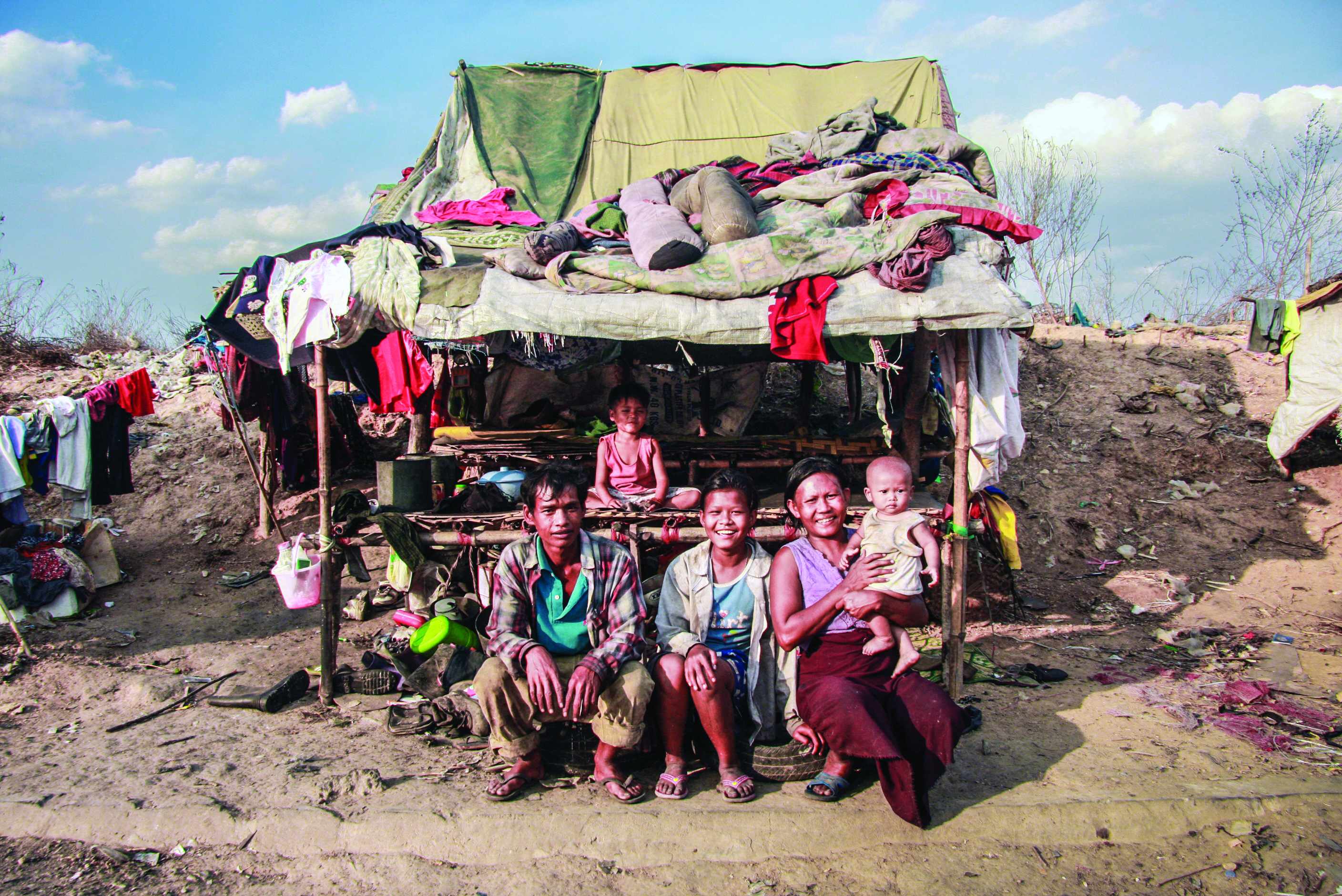
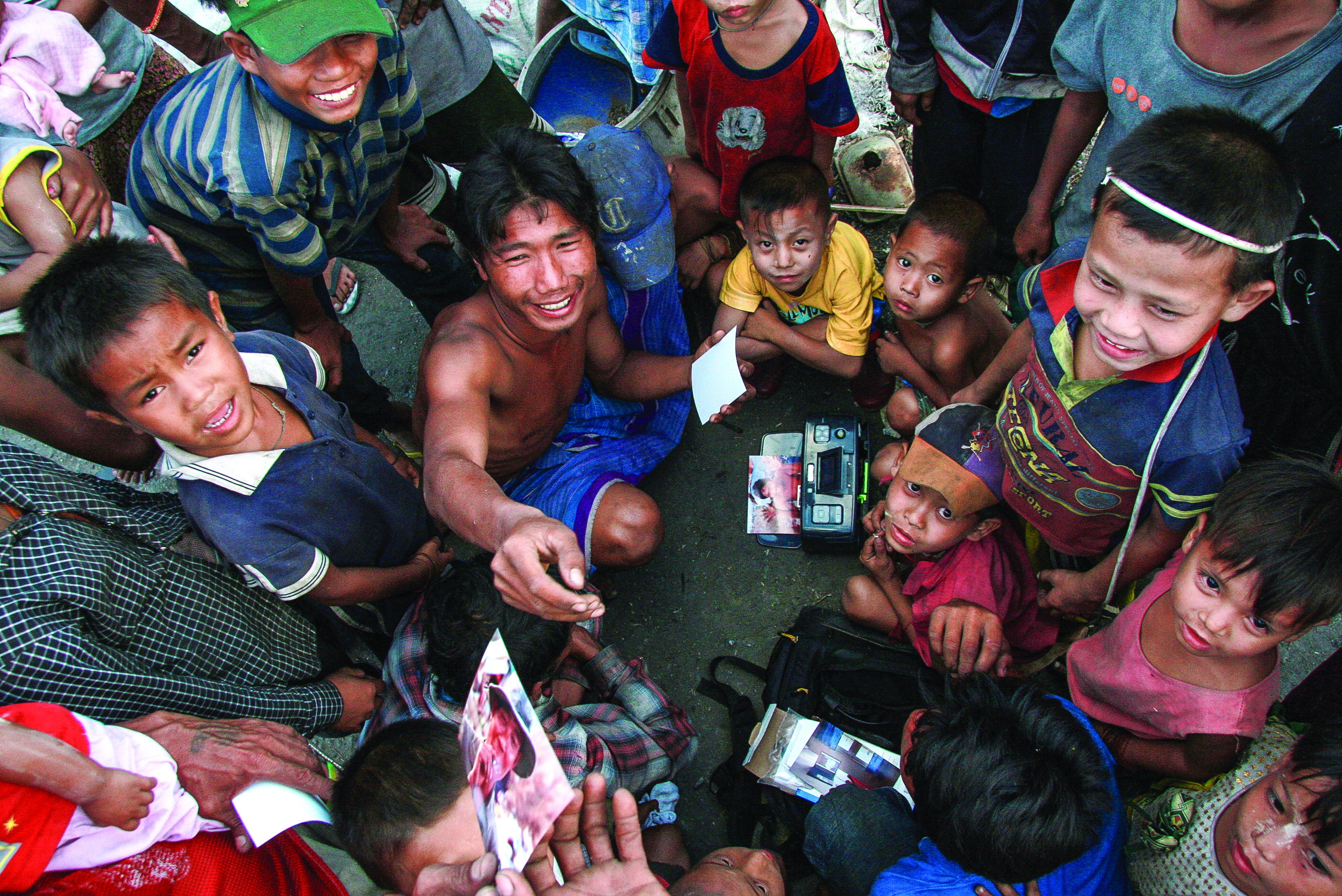
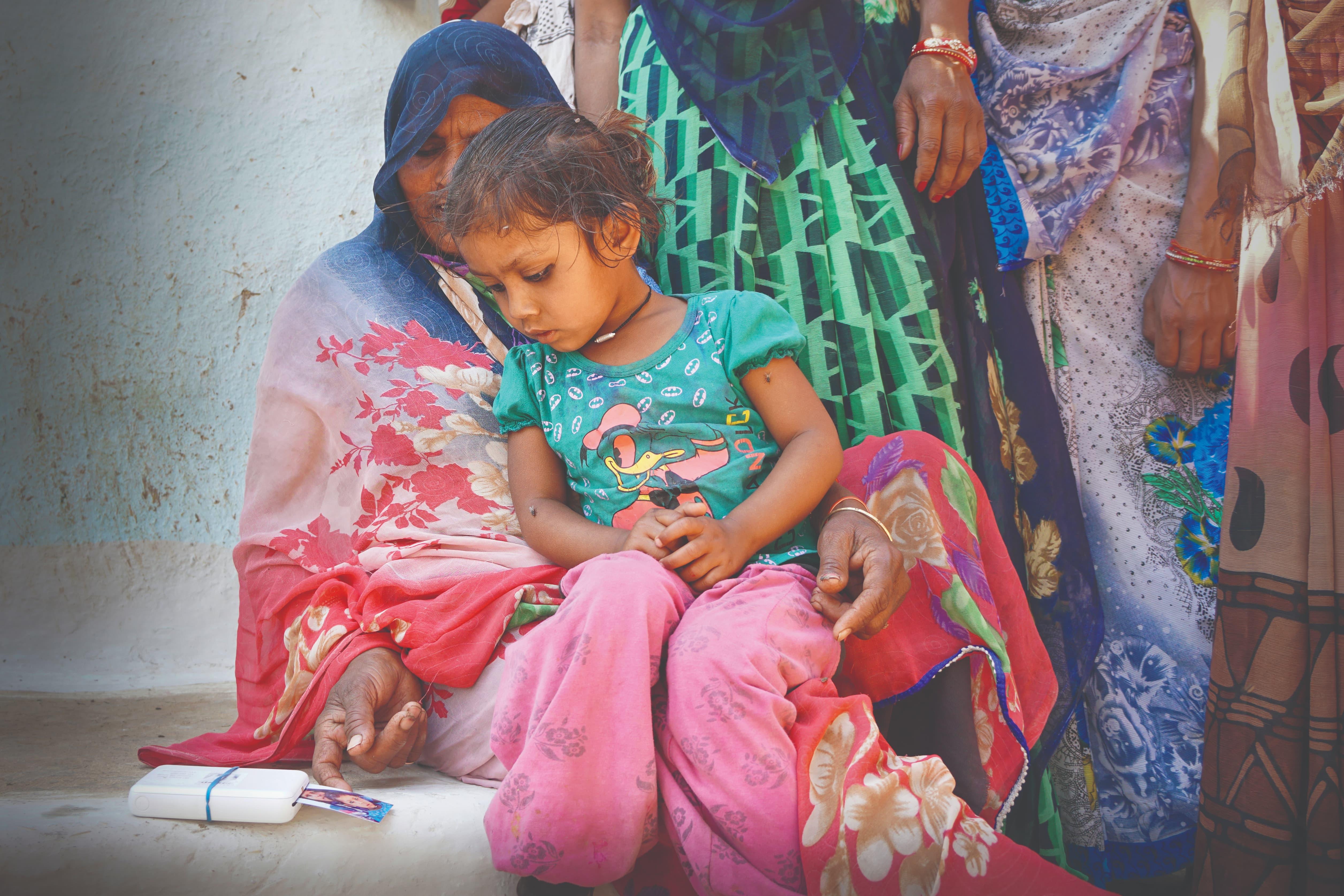
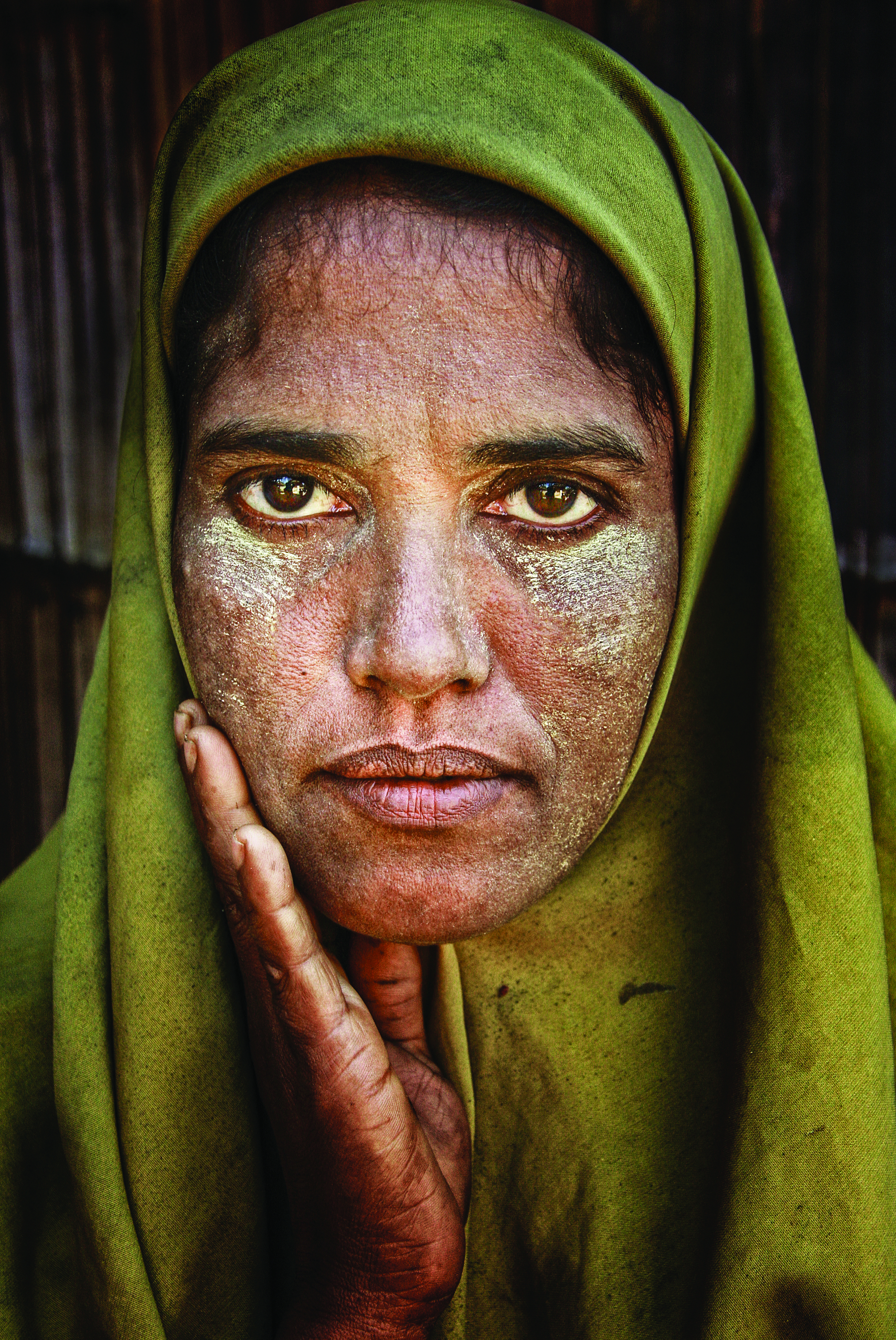
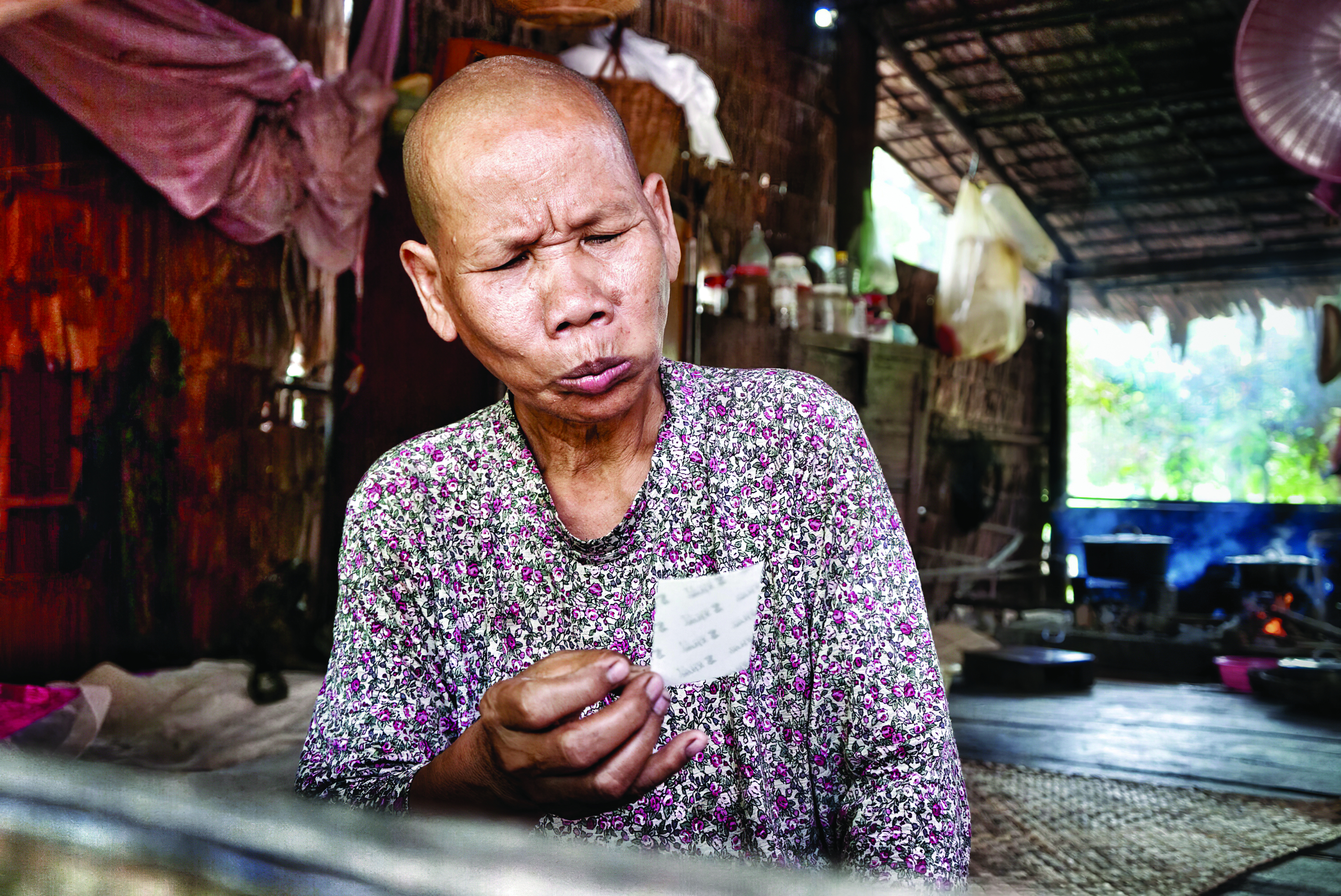

Get this article and many more delivered straight to your inbox weekly.